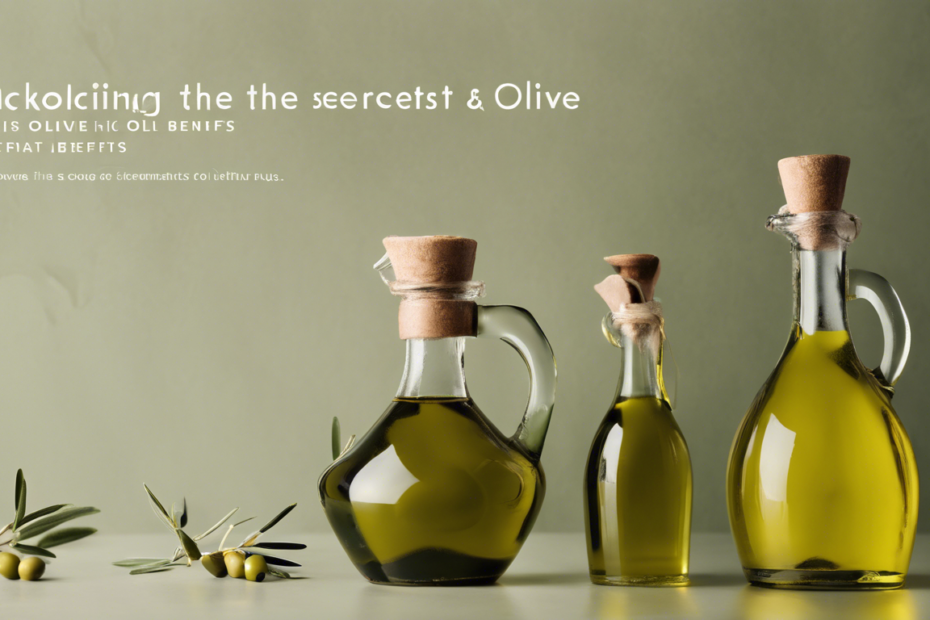Olive oil is more than just a kitchen staple; it’s a versatile ingredient packed with flavor and health benefits.
But did you know that not all olive oils are created equal?
In this article, we’ll dive into the different types of olive oil, unveil their unique advantages, and guide you on how to select the perfect one for your culinary adventures.
Whether you’re a seasoned chef or just starting to experiment with this liquid gold, you’ll discover something new that can elevate your cooking and your health!
Key Takeaways
- There are several distinct types of olive oil, each with its own flavor profile and uses.
- Extra virgin olive oil is celebrated for its superior health benefits and robust taste.
- Choosing the right olive oil depends on your cooking needs and personal preferences.
- Olive oil can provide numerous health benefits, including heart health and anti-inflammatory properties.
- Understanding the labeling and quality of olive oil can enhance your culinary experience.
Understanding the Types of Olive Oil
When it comes to olive oil, understanding the different types can really enhance your cooking and even boost your health!
The most common varieties include extra virgin, virgin, refined, and light olive oil, each with their unique flavor profiles and health benefits.
Extra virgin olive oil, which is cold-pressed from the first olives of the harvest, is packed with antioxidants and has that rich, fruity taste that makes it perfect for dipping bread or drizzling over salads.
Virgin oil, made from slightly riper olives but still retains a lot of the beneficial compounds, is also versatile for cooking.
Refined olive oil, while more neutral in taste, is often used in high-heat cooking because of its higher smoke point.
Finally, light olive oil isn’t actually lesser in quality; it just has a lighter flavor and is ideal for baking or recipes where you don’t want the olive flavor to dominate.
When choosing the right type of olive oil for your needs, consider what you’ll be using it for—if it’s for health benefits and flavor, extra virgin is your best bet; for frying, go with refined.
Keep an eye out for quality labels, purchase from reputable sources, and you’re well on your way to enjoying all the tasty and health perks olive oil has to offer!
Health Benefits Associated with Each Type
When it comes to the type of olive oil, you’ve got several options, each with its own unique flavor and health perks.
Extra Virgin Olive Oil (EVOO) is the superstar here; it’s made from the first pressing of olives and has low acidity, making it rich in antioxidants and healthy fats.
This makes it perfect for drizzling on salads or dipping bread – it’s like a health asset on your plate!
Then there’s Virgin Olive Oil, which is a bit more processed than EVOO but still retains a good amount of flavor and is great for cooking at lower temperatures.
For the budget-conscious, Pure Olive Oil is a blend that’s lighter in flavor and suitable for frying, though it lacks some of those magical nutrients found in its more robust siblings.
Lastly, we have Olive Oil blends that mix other oils with olive oil for a milder taste and a lower price point, good for everyday cooking.
When choosing the right type of olive oil, consider how you’ll use it – for dressing, EVOO is a total win; for cooking, Virgin Olive Oil might do the trick; and for frying, go with Pure Olive Oil.
Keeping these types in mind means you can maximize both flavor and health benefits in any dish!
‘Olive oil is liquid gold, and just like gold, not all olive oils are created equal.’
How to Choose the Right Olive Oil for Your Needs
Choosing the right type of olive oil can feel a bit overwhelming with so many options on the market, but it doesn’t have to be!
First off, consider what you’re going to use it for—are you drizzling it over a fresh salad, cooking at high heat, or using it for dipping bread?
For raw applications or finishing dishes, extra virgin olive oil is your best bet as it offers rich flavor and the highest health benefits thanks to its cold-pressing process.
If you’re looking to sauté or fry, you might want to opt for a refined olive oil that can withstand higher temperatures without compromising its integrity.
Additionally, pay attention to the color and label: good quality olive oil should have a vibrant, green hue and ideally come from a single source.
Lastly, don’t forget to check the harvest date; fresher oil not only tastes better but contains more antioxidants!
Happy oil hunting!
Frequently Asked Questions
What are the main types of olive oil?
The main types of olive oil include extra virgin olive oil, virgin olive oil, refined olive oil, and lampante olive oil.
Each type varies in flavor, aroma, and processing methods.
What health benefits are associated with extra virgin olive oil?
Extra virgin olive oil is rich in antioxidants and healthy fats, which can help reduce inflammation, lower the risk of heart disease, and promote overall heart health.
How can I choose the right type of olive oil for cooking?
For cooking at high temperatures, refined olive oil is a good choice due to its higher smoke point.
For salad dressings or finishing dishes, extra virgin olive oil offers robust flavor and health benefits.
Is there a difference in taste between the types of olive oil?
Yes, there is a notable difference in taste.
Extra virgin olive oil typically has a fruity, rich flavor profile, while refined olive oil tends to be milder and less pronounced.
Can olive oil go bad, and how should I store it?
Yes, olive oil can go bad.
To ensure it stays fresh, store it in a cool, dark place away from heat and light, and preferably in a dark glass bottle.
